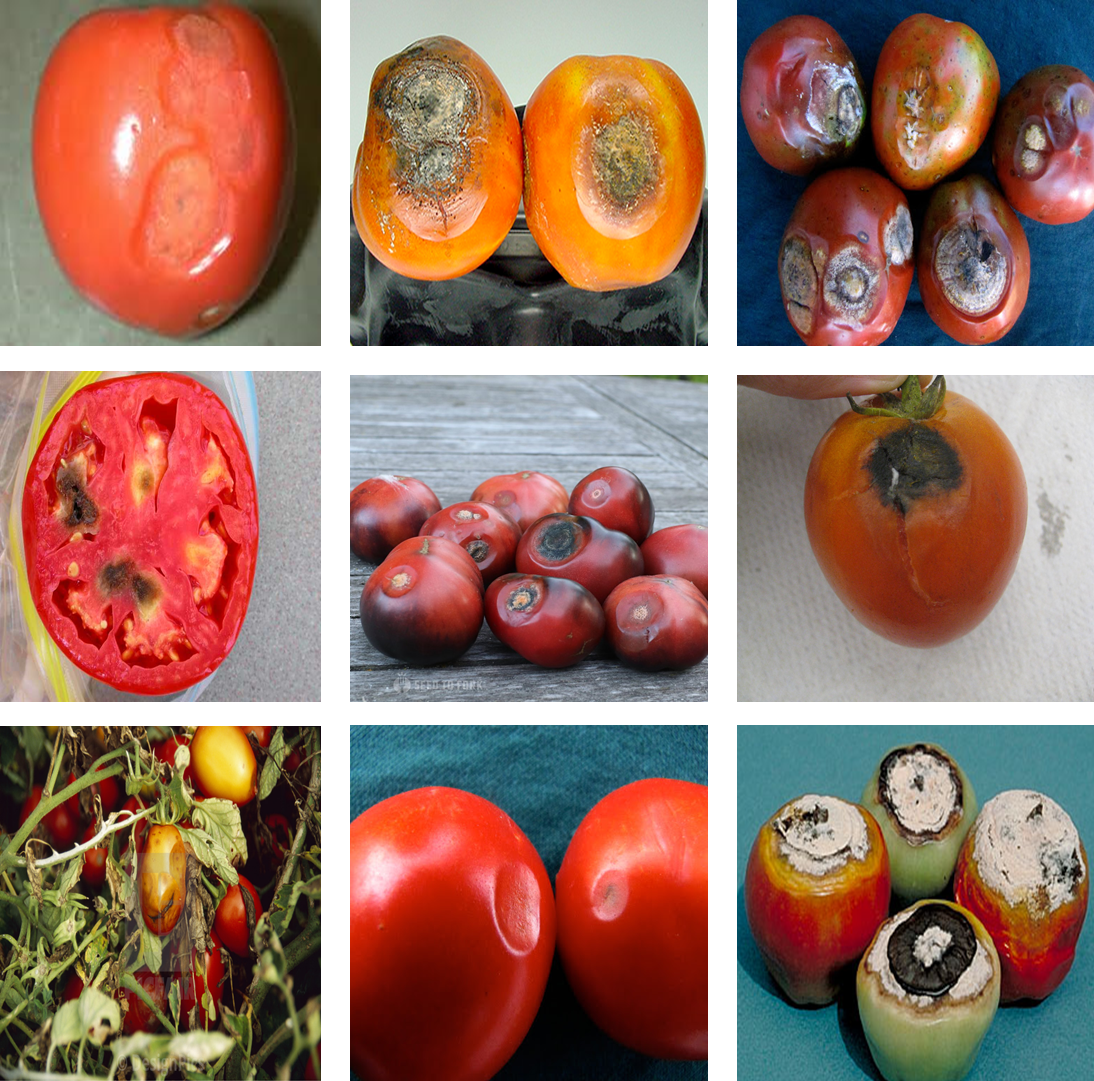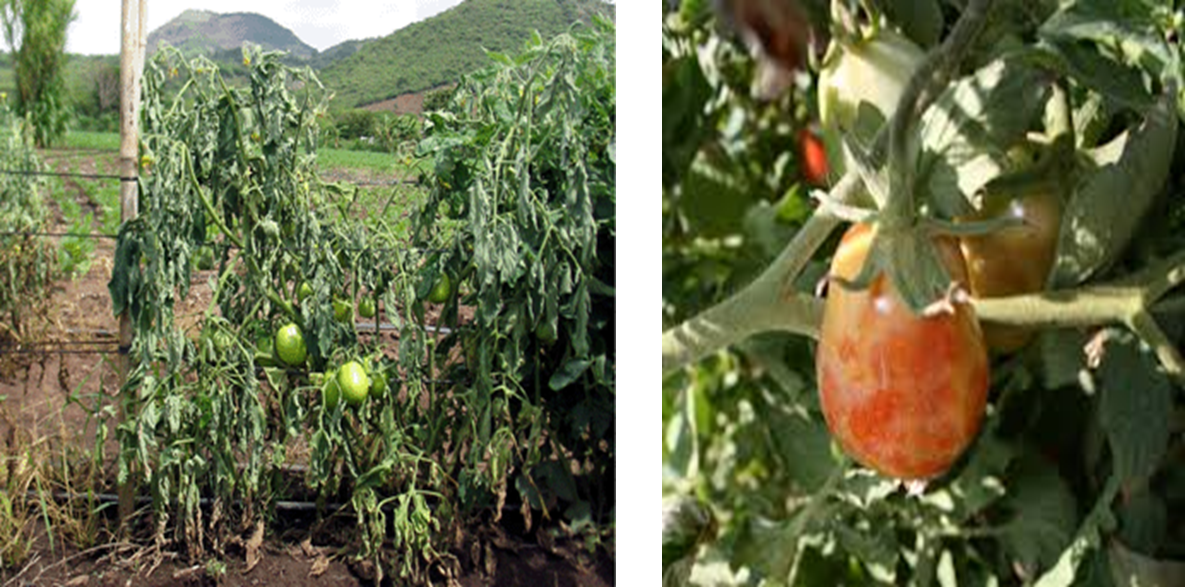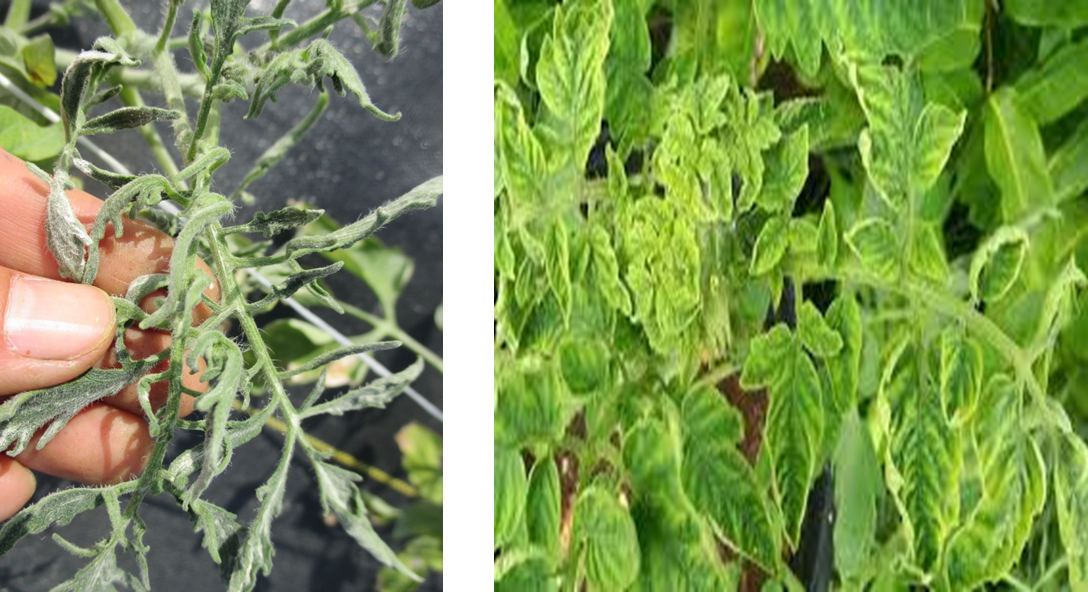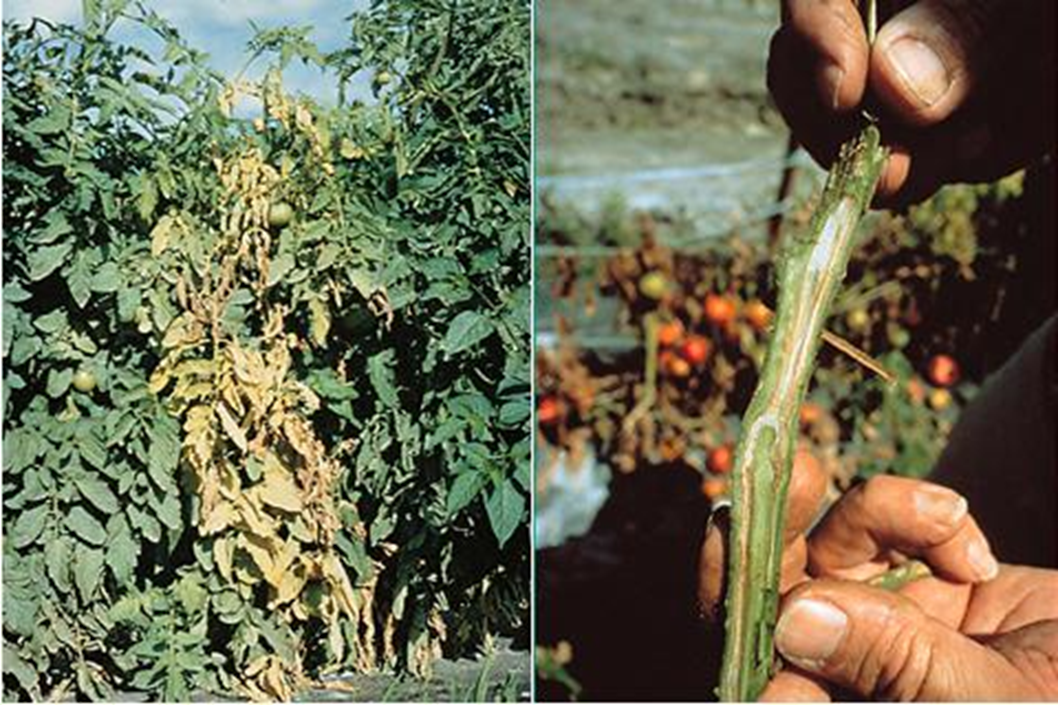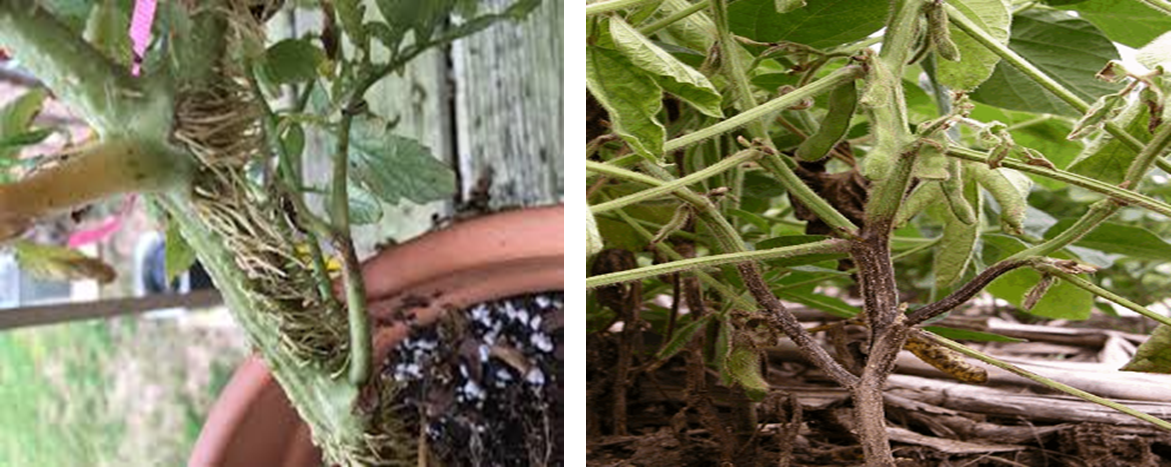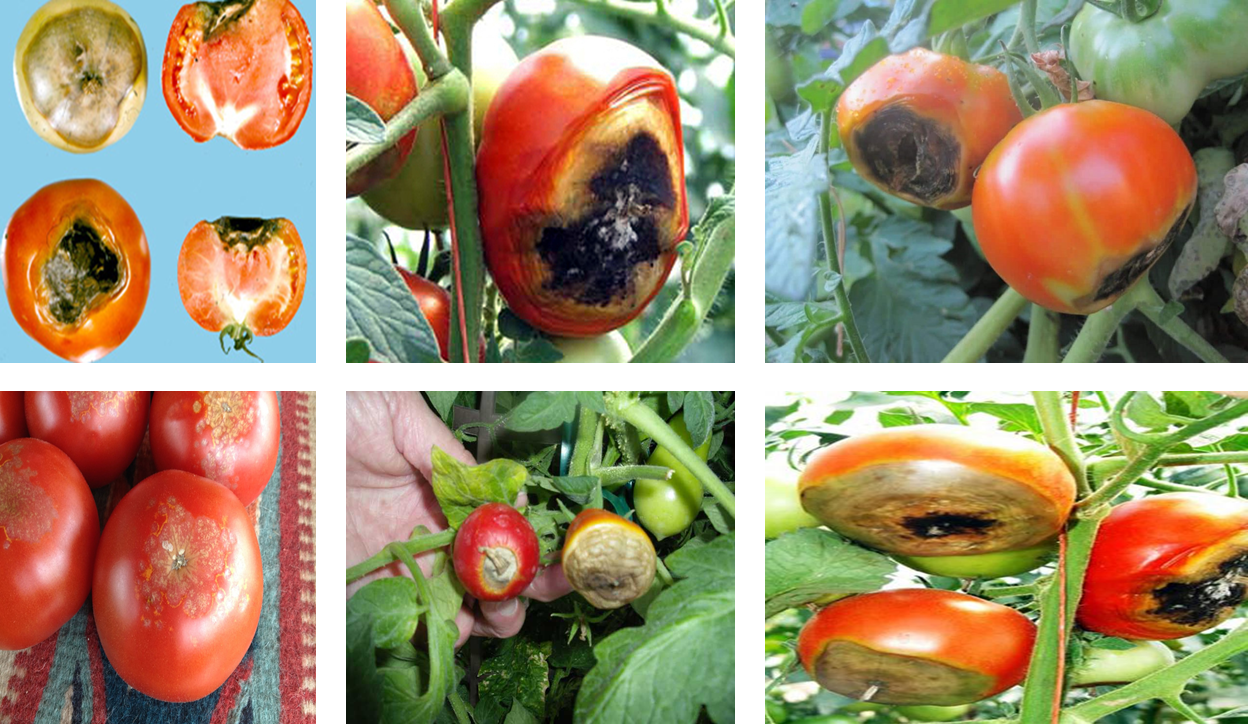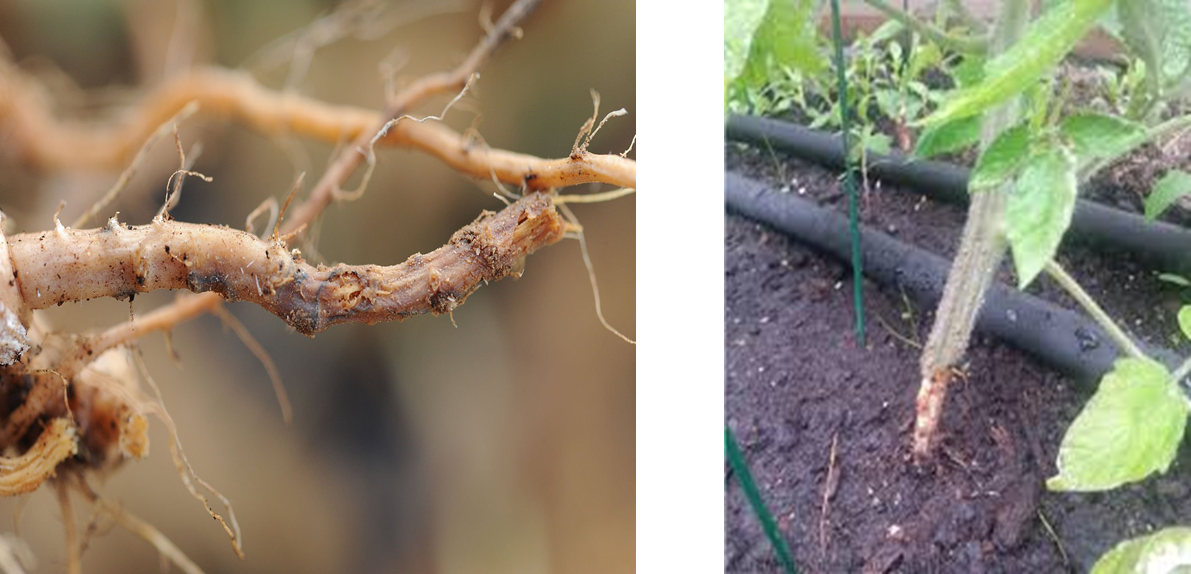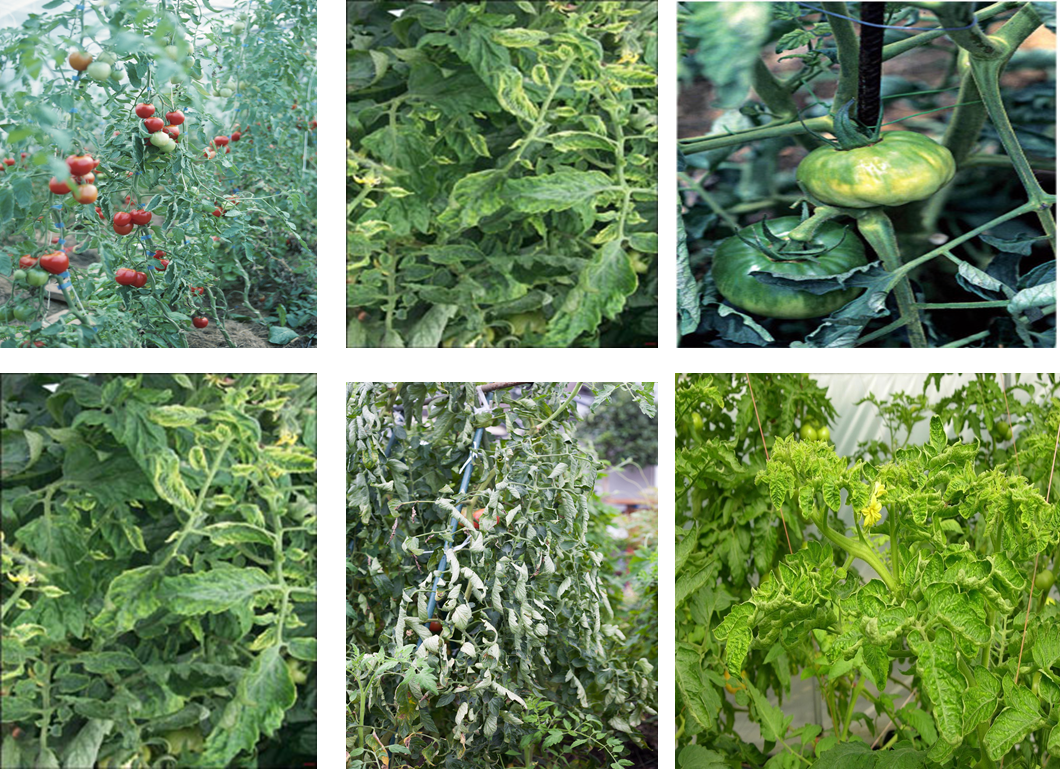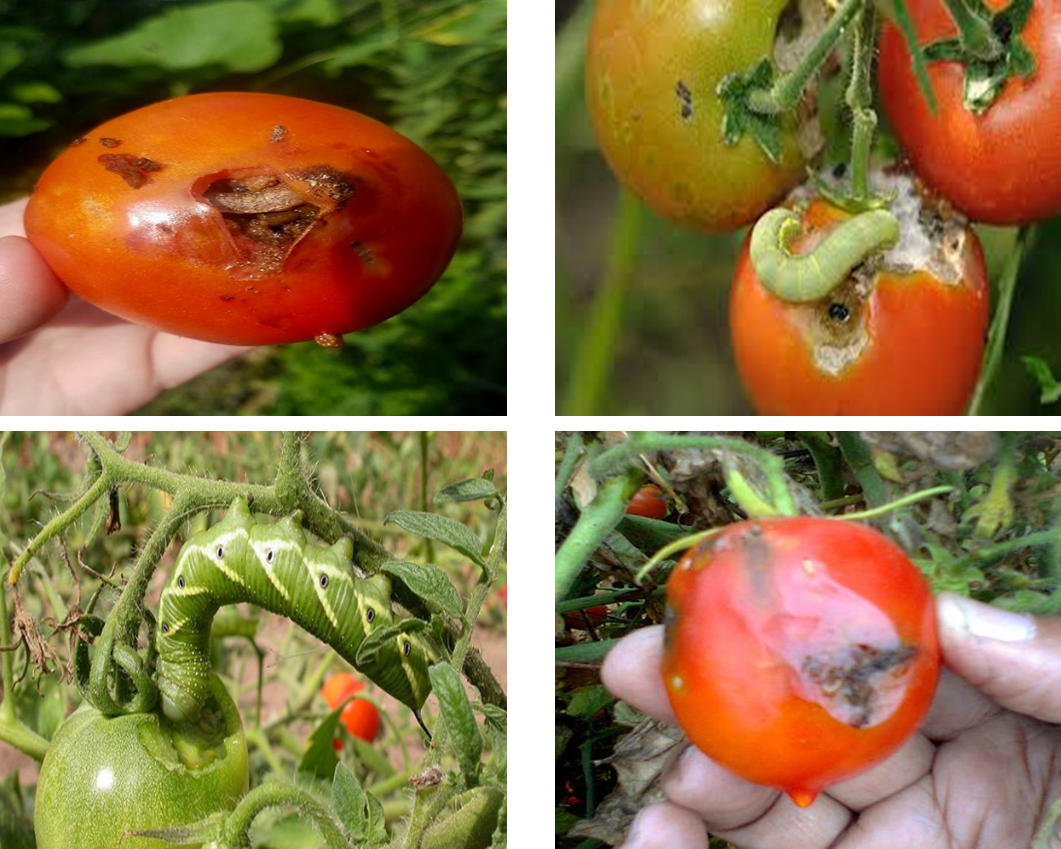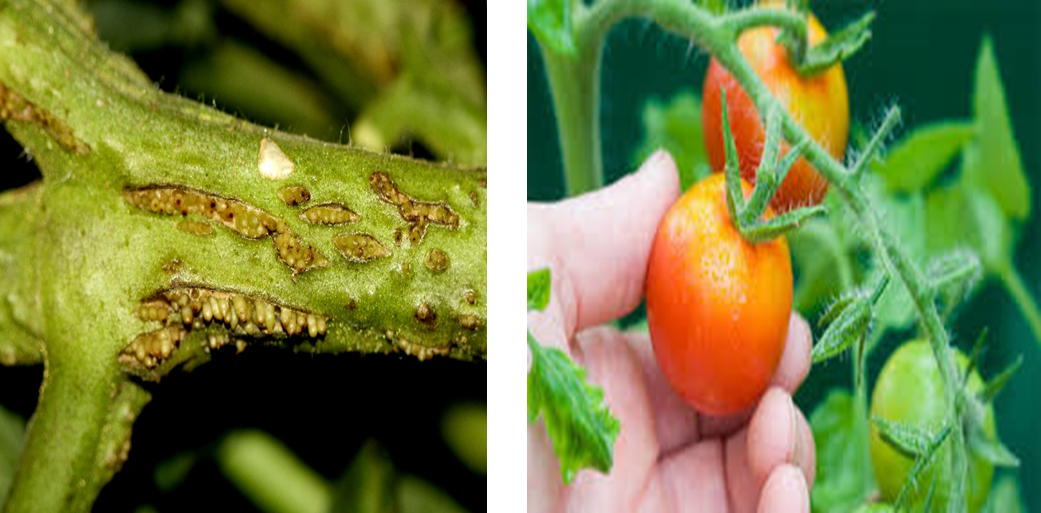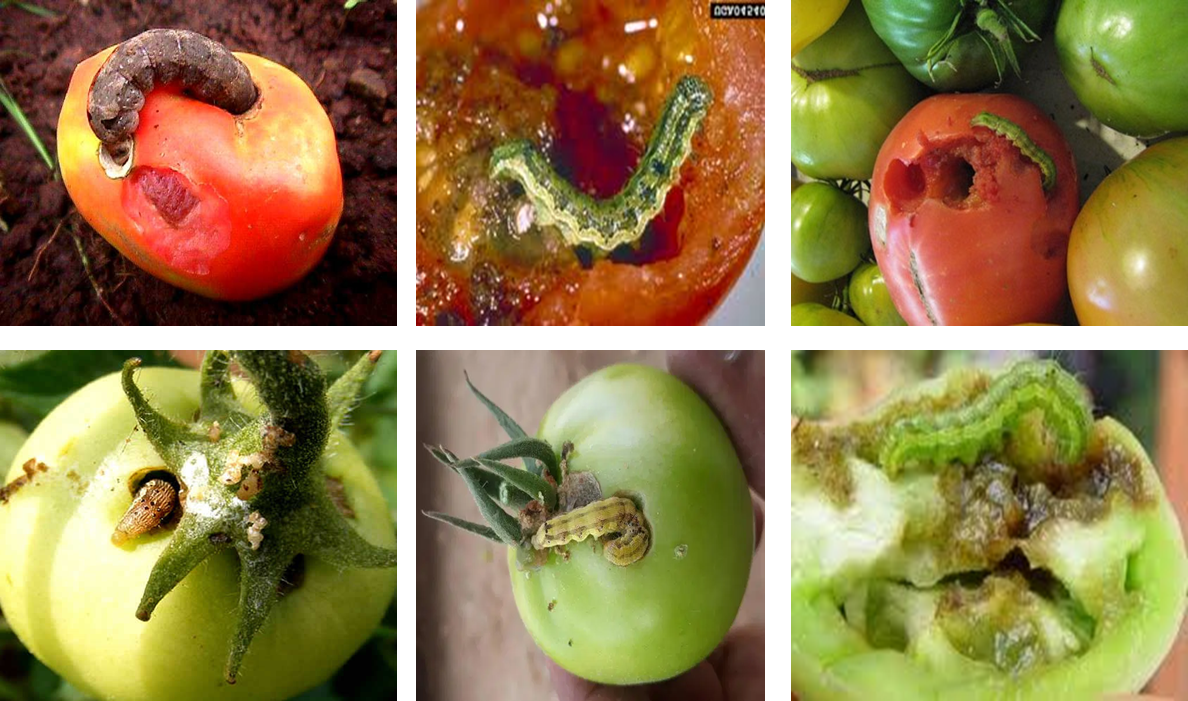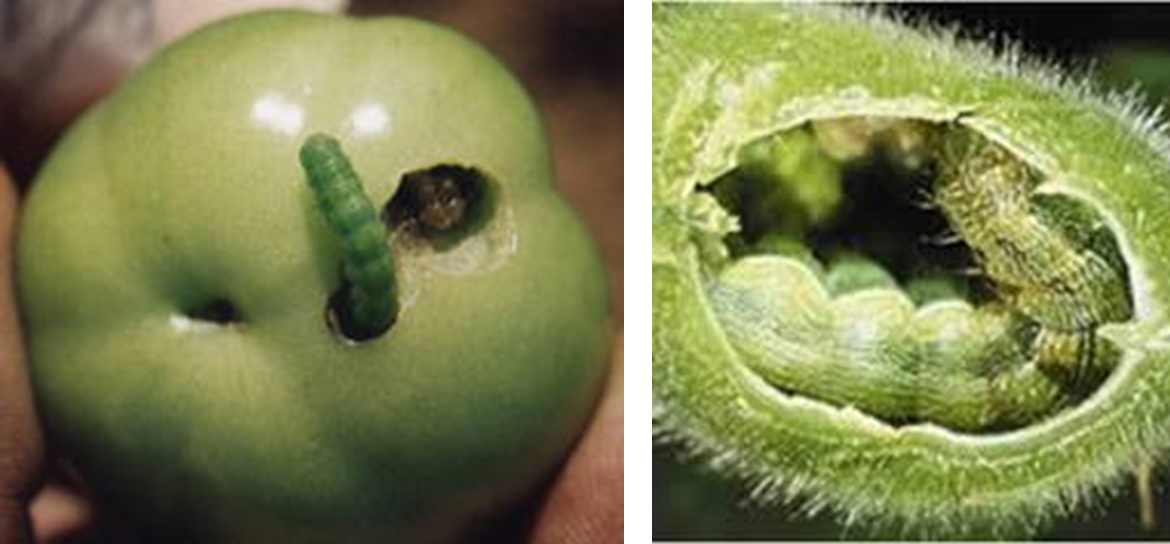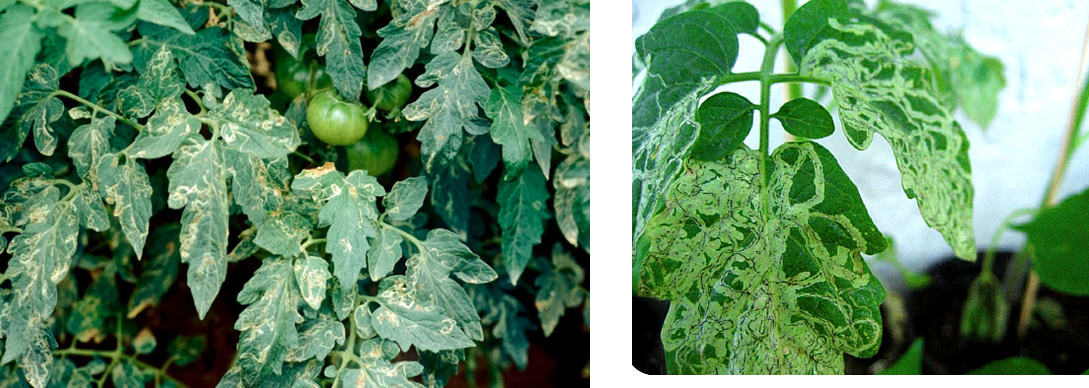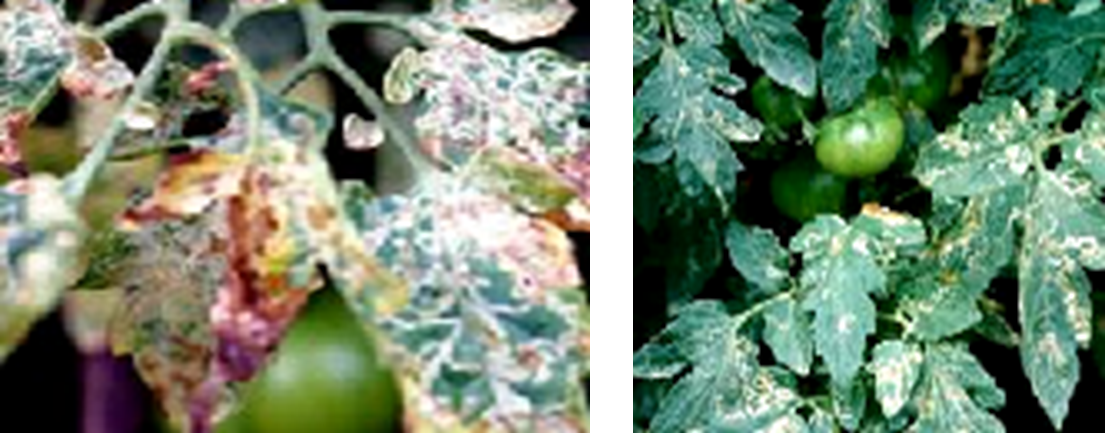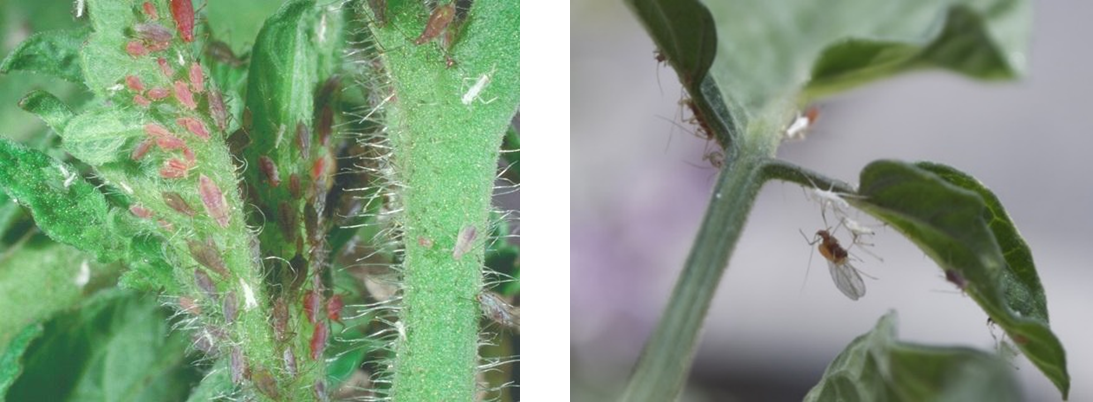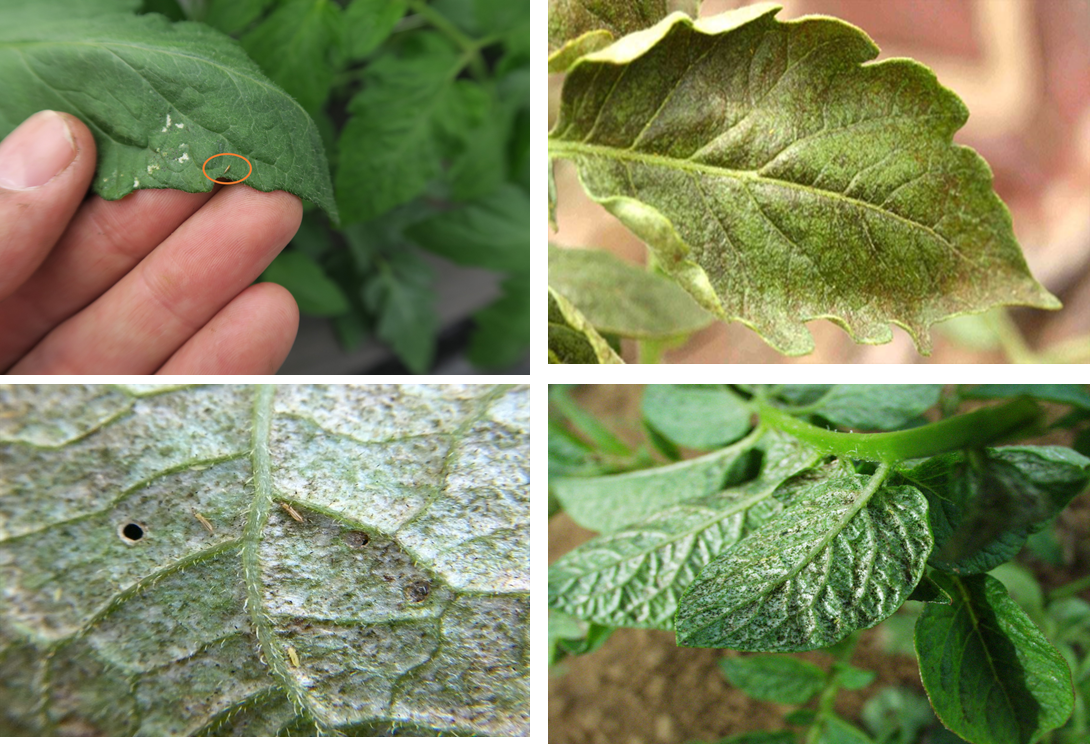
- Tomatoes are members of the Solanaceae family, and their scientific name is Solanum Lycopersicum.
- Tomatoes are a summer crop.
- Frost and excessive humidity are too much for the plants to handle.
- It needs a low to medium amount of rainfall.
- Bright sunlight during the fruit set aids in the development of dark red fruits.
- Autumn winter crop seeds are spread in June, while spring-summer crop seeds are seeded in November. Seed is sown on the hills in March and April.
FOR IRRIGATION :
Irrigate your field with Power Plant Bhoomi power, Premium, and Root guard.
" style="width:370px">|
BHOOMI POWER 4KG/ACRE |
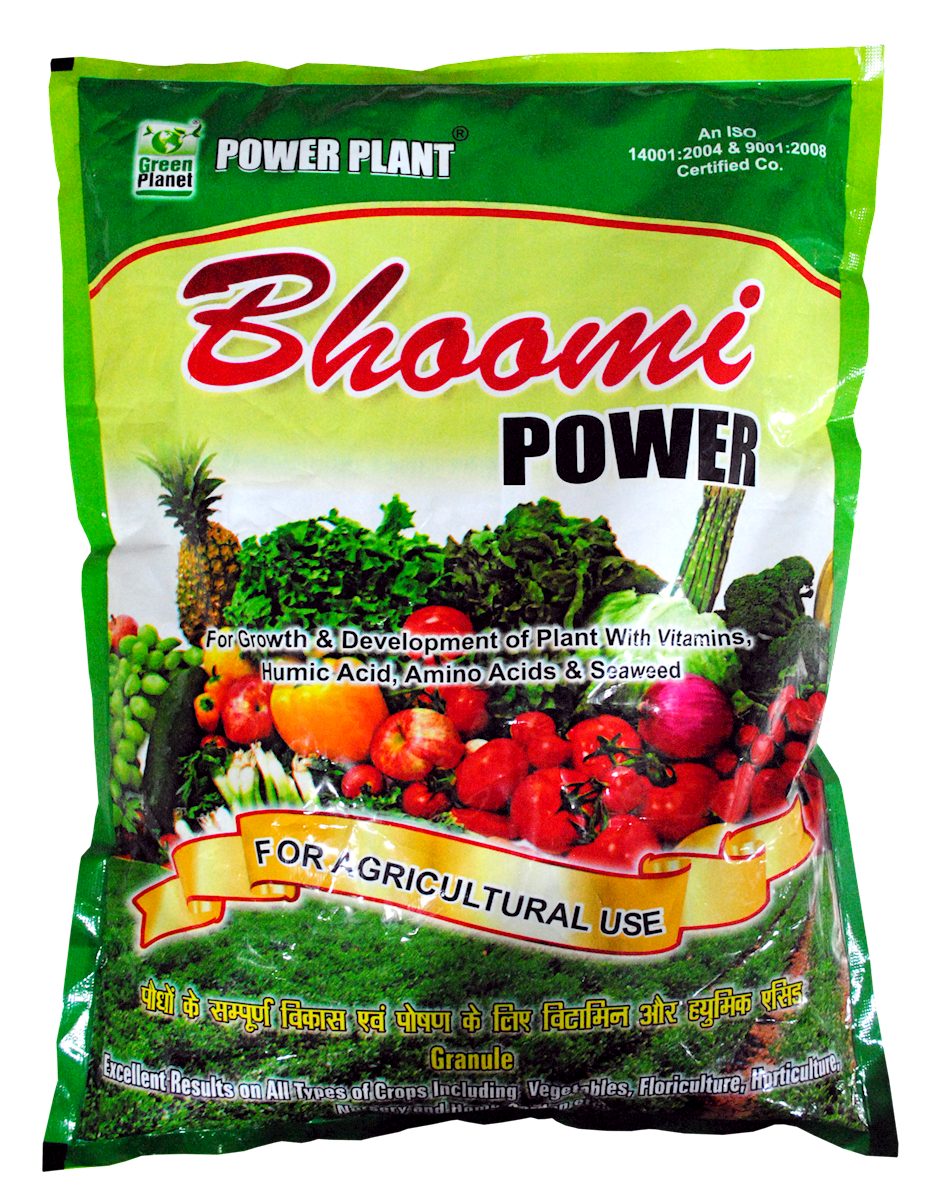 |
|
POWER PLANT PREMIUM 1 LITRE/ ACRE |
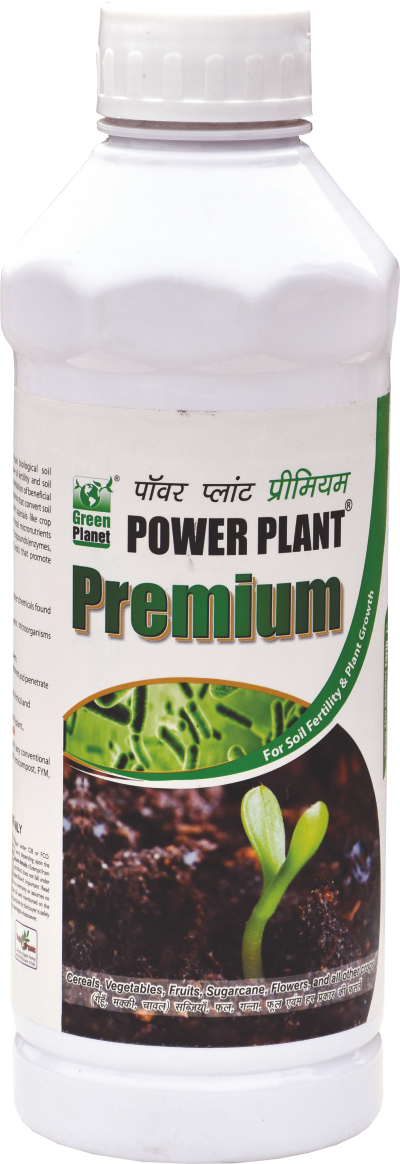 |
|
ROOT GUARD 2 KG/ACRE |
 |
HOW TO USE IT?
Use Bhoomi power by following methods.
1. By broadcasting over the field.
2. Use in slurry.
3. Give it in cow dung.
4. you can also give it in dry soil.
1. DEFICIENCY OF NITROGEN
|
Use NITROKING 2-3 ml per litre of water |
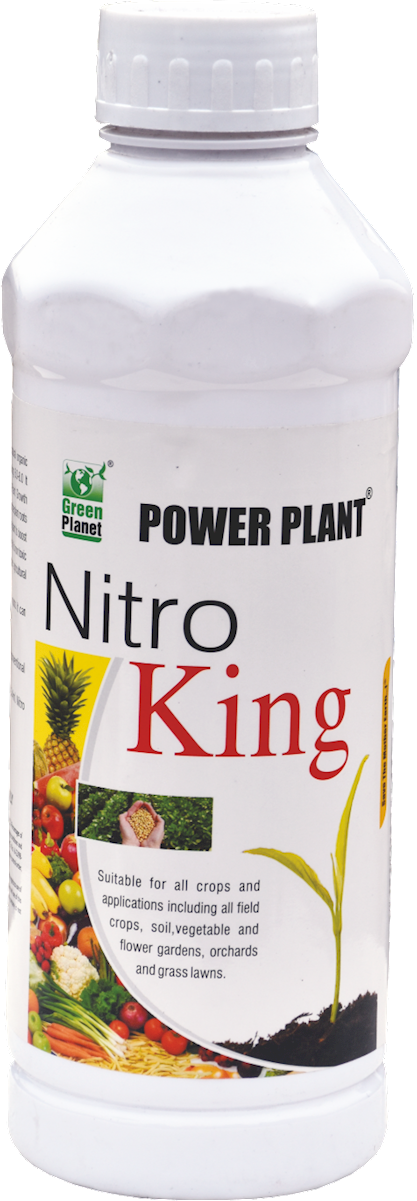 |
|
Use SPALL90 0.5 ml per litre of water |
 |
2. DEFICIENCY OF CALCIUM
|
Use BLOOM 2 ml per litre of water |
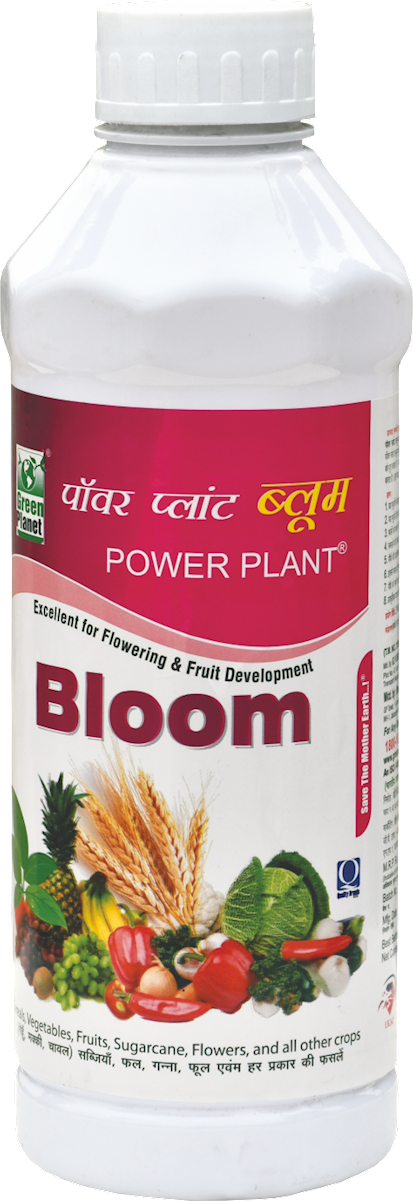 |
|
Use SPALL90 0.5 ml per litre of water |
 |
3. DEFICIENCY OF MANGANESE
1. FUNGAL DISEASE:
A. CONTACT-BASED FUNGAL DISEASE
1. ANTHRACANOSE ( Discula destructive)
TREATMENT
|
Use PPFC 2-3 gm per litre of water |
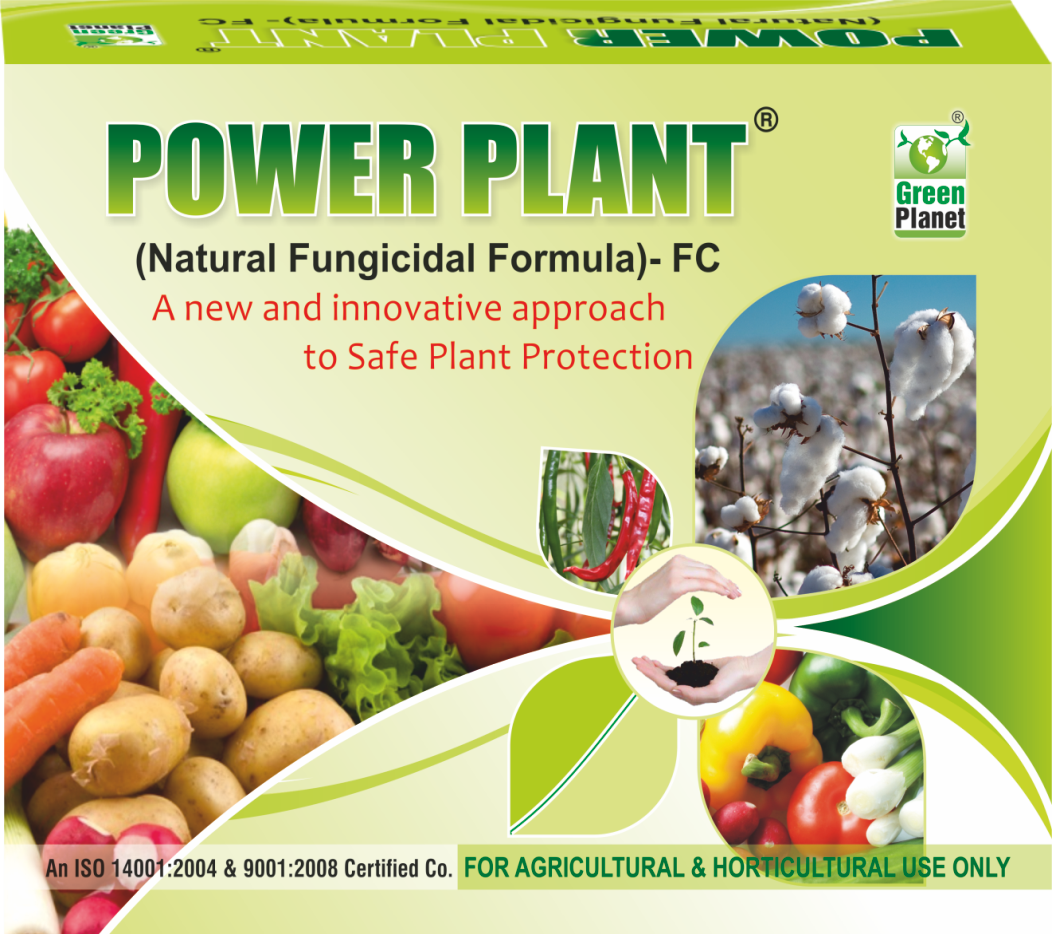 |
|
Use SpAll90 1 ml per litre of water |
 |
2. QUICK WILT (Fusarium oxysporumsp. Lycopersici)
TREATMENT
|
Use PPFC 2-3 gm per litre of water |
 |
|
Use SpAll90 1 ml per litre of water |
 |
3. LEAF CURLING (Taphrina fungus)
TREATMENT
|
Use PPFC 2-3 gm per litre of water |
 |
|
Use SpAll90 1 ml per litre of water |
 |
4. SLOW WILT (Pseudomonas)
TREATMENT
|
Use PPFC 2-3 gm per litre of water |
 |
|
Use SpAll90 1 ml per litre of water |
 |
B. SYSTEMIC BASED
1. PHYTOPHTHORA ROOT ROT (Pyrenochaeta lycopersici)
TREATMENT
|
Use Fungohit 2-3ml per litre of water |
 |
|
Use SpAll90 1 ml per litre of water |
 |
2.BLOSSAM END ROT (Calcium deficiency in developing fruit)
TREATMENT
|
Use Fungohit 2-3ml per litre of water |
 |
|
Use SpAll90 1 ml per litre of water |
 |
3. BLACK ROOT ROT (Colletotrichum coccodes)
TREATMENT
|
Use Fungohit 2-3ml per litre of water |
 |
|
Use SpAll90 1 ml per litre of water |
 |
2. VIRUS ATTACK
1. TOMATO LEAF CURL VIRUS
TREATMENT
|
Use Virohit 2-3 ml per litre of water |
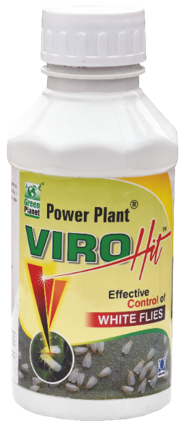 |
|
Use virosol 2-3 ml per litre of water |
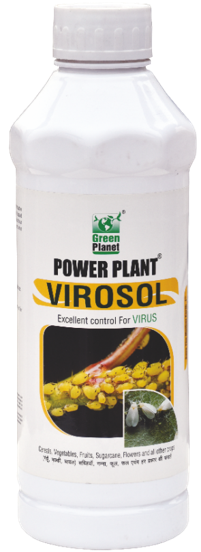 |
|
Use PPNP 1 ml per litre of water |
 |
|
Use SpAll90 1 ml per litre of water |
 |
2. YELLOW MOTTLE VIRUS
TREATMENT
|
Use Virohit 2-3 ml per litre of water |
 |
|
Use virosol 2-3 ml per litre of water |
 |
|
Use PPNP 1 ml per litre of water |
 |
|
Use SpAll90 1 ml per litre of water |
 |
3. PEST MANAGEMENT
A. CHEWING PEST
1. CATTERPILLAR (Danaus plexippus)
TREATMENT :
|
Use Pestohit 2-3 ml per litre of water |
 |
|
Use PPNP 1 ml per litre of water |
 |
|
Use SpAll90 1 ml per litre of water |
 |
2. SCALE (Coccoidea)
TREATMENT :
|
Use Pestohit 2-3 ml per litre of water |
 |
|
Use PPNP 1 ml per litre of water |
 |
|
Use SpAll90 1 ml per litre of water |
 |
3. TOP FRUIT BORER (Scirpophaga nivella)
TREATMENT :
|
Use Pestohit 2-3 ml per litre of water |
 |
|
Use PPNP 1 ml per litre of water |
 |
|
Use SpAll90 1 ml per litre of water |
 |
4. GRAM POD BORER (Maruca vitrata)
TREATMENT :
|
Use Pestohit 2-3 ml per litre of water |
 |
|
Use PPNP 1 ml per litre of water |
 |
|
Use SpAll90 1 ml per litre of water |
 |
B. SUCKING
1.SERPENTINE LEAF MINER (Liriomyza brassicae)
TREATMENT :
|
Use Orgomite 2-3 ml per litre of water |
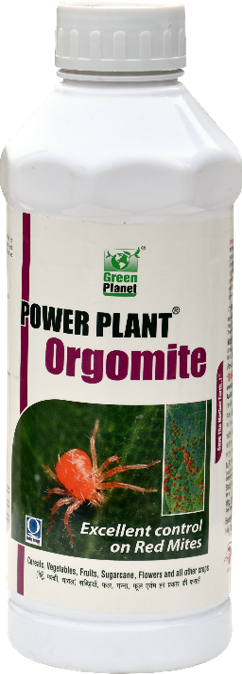 |
|
Use PPNP 1 ml per litre of water |
 |
|
Use SpAll90 1 ml per litre of water |
 |
2. APHID (Aphidoidea)
TREATMENT :
|
Use Orgomite 2-3 ml per litre of water |
 |
|
Use PPNP 1 ml per litre of water |
 |
|
Use SpAll90 1 ml per litre of water |
 |
3.THRIPS (THYSANOPTERA)
TREATMENT :
|
Use Orgomite 2-3 ml per litre of water |
 |
|
Use PPNP 1 ml per litre of water |
 |
|
Use SpAll90 1 ml per litre of water |
 |





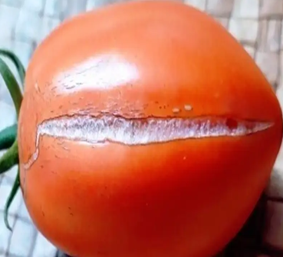

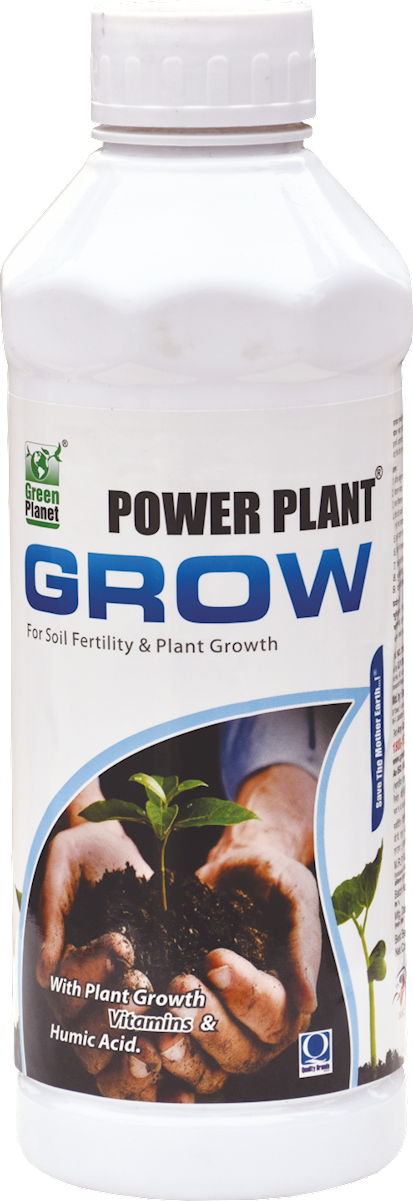

.png)
